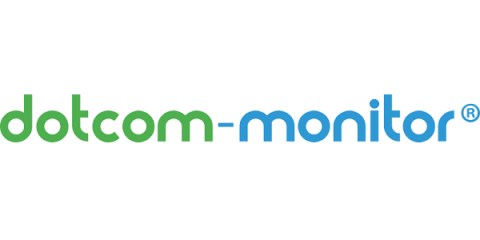DNS Blacklist Monitoring: Protect Your Company's Reputation
Did you know that around 306 billion emails have been sent globally every day in 2020 and about 45 percent of all emails received are spam. Even more surprisingly, websites that are marked as spam on email portals lose 95 percent of their traffic. Email servers tend to blacklist certain IDs as spam based on their content. And for companies marketing their business via emails, 36 percent of the total spam messages across the globe are attributed to advertising content.


